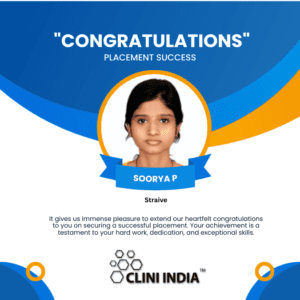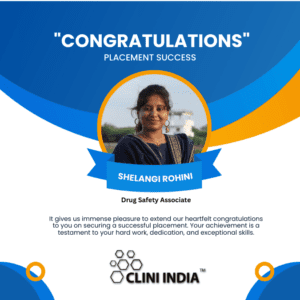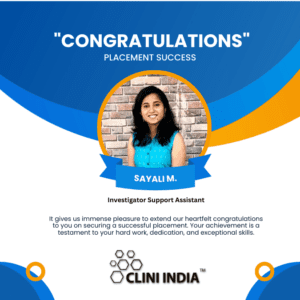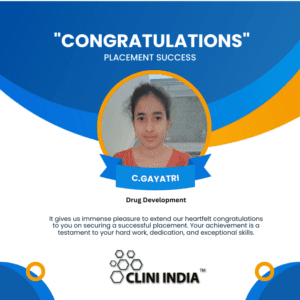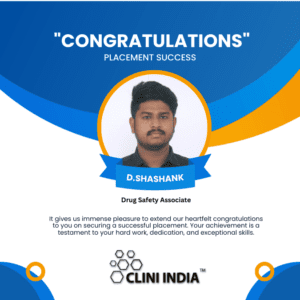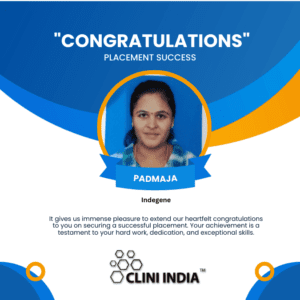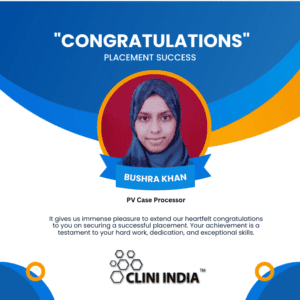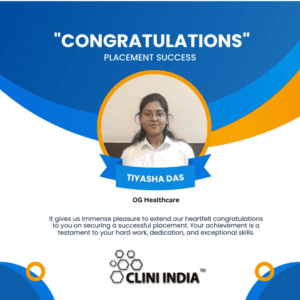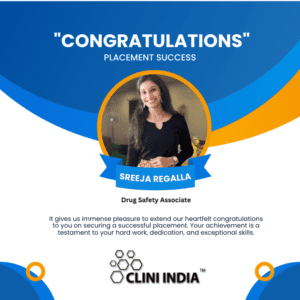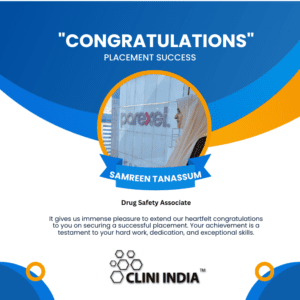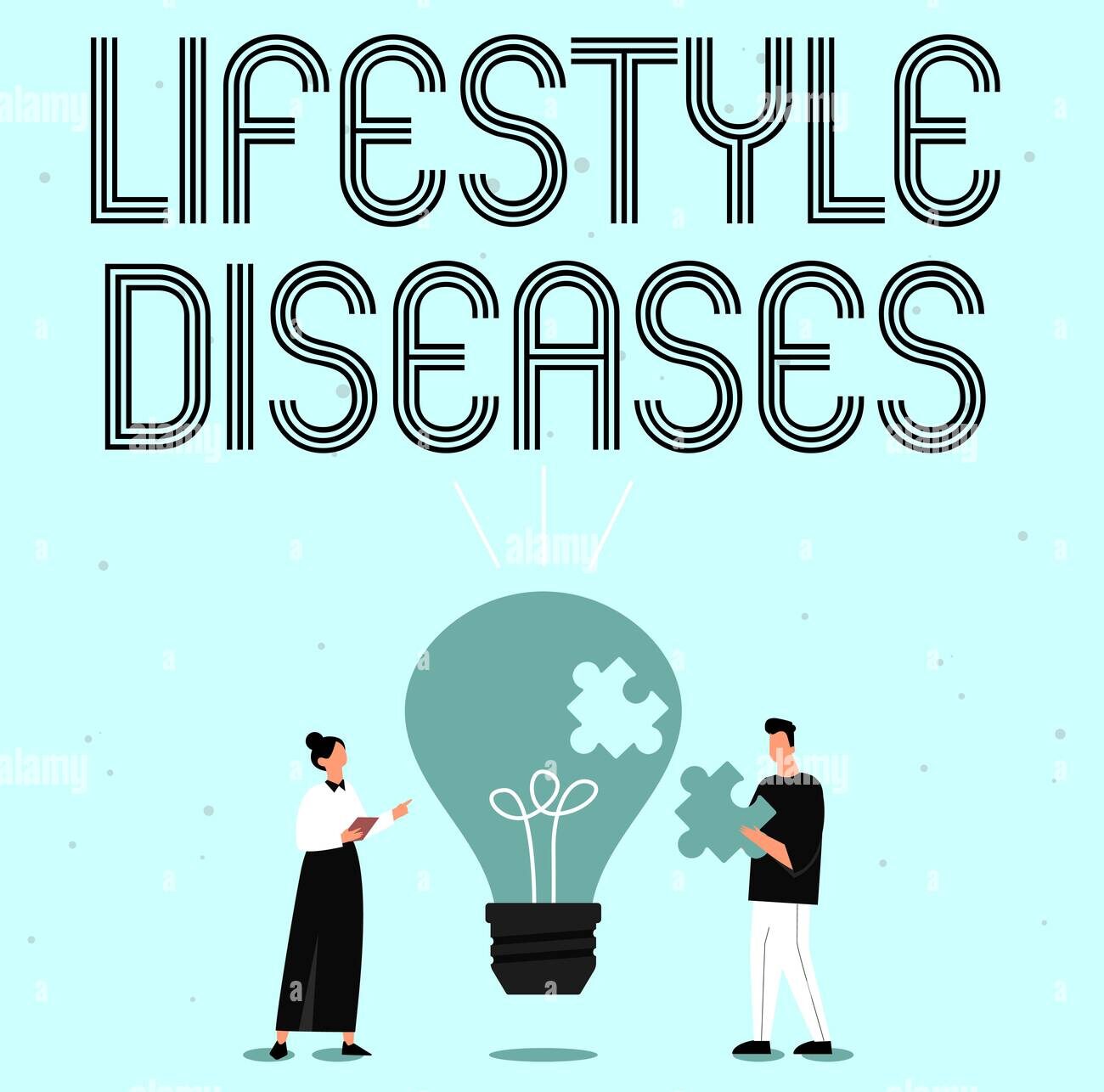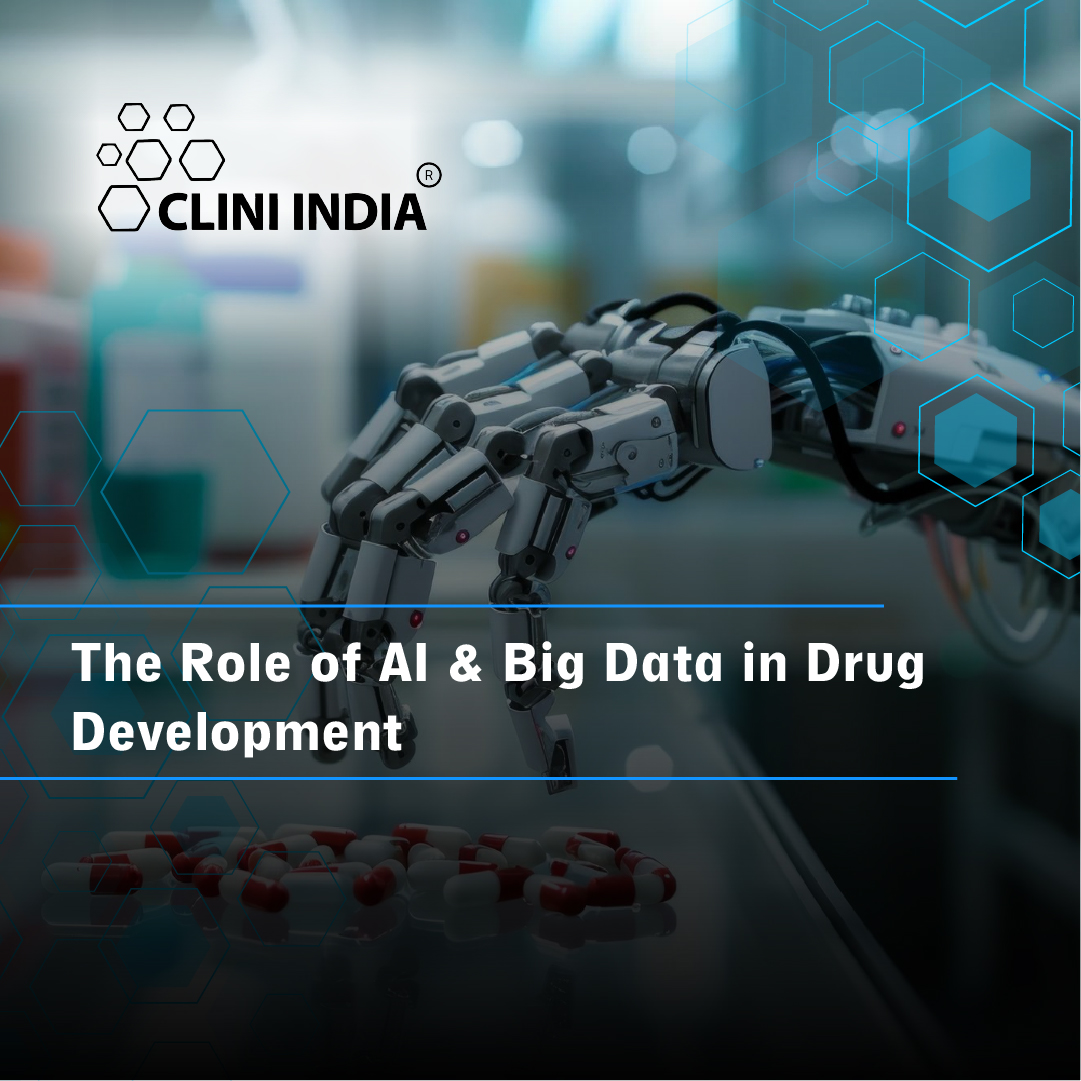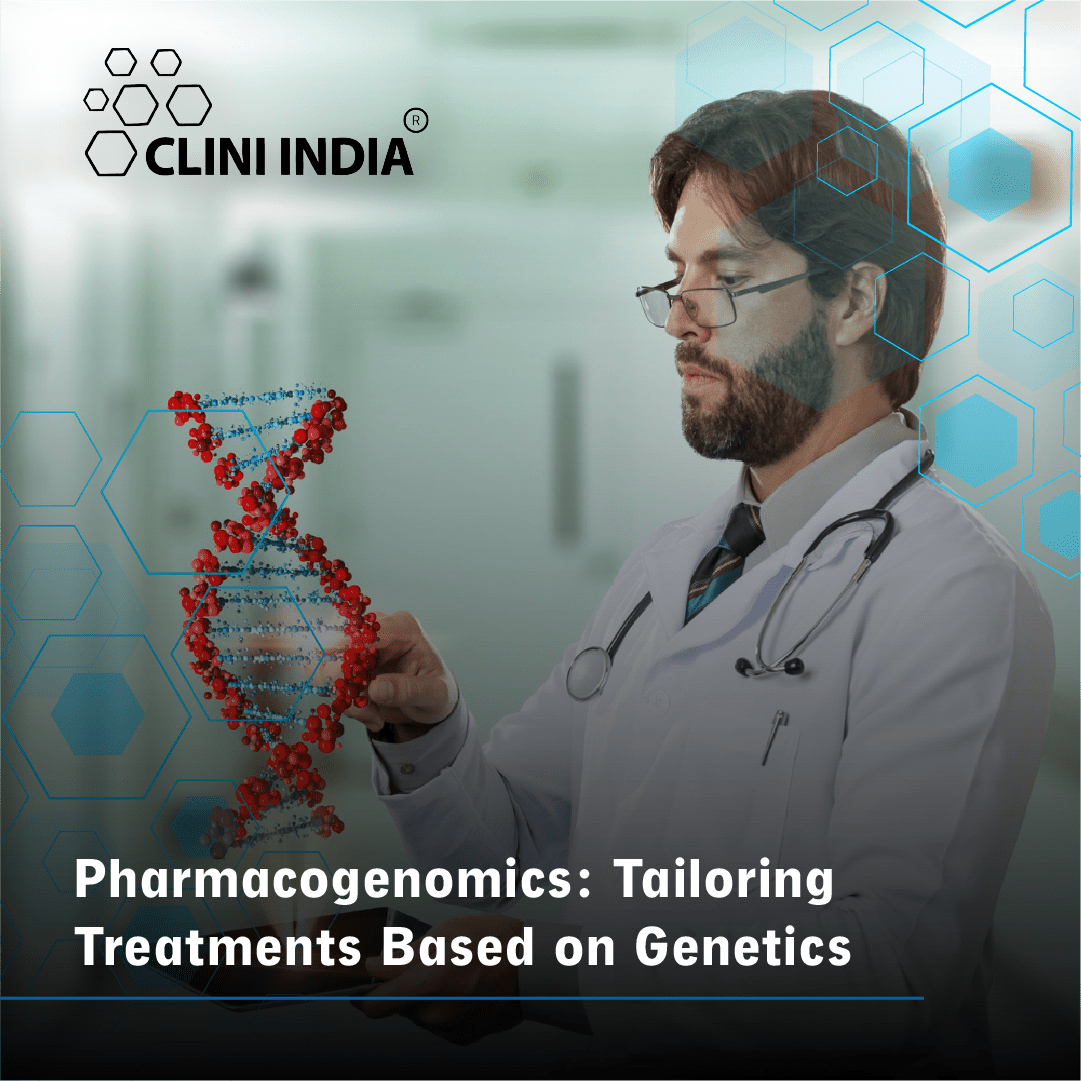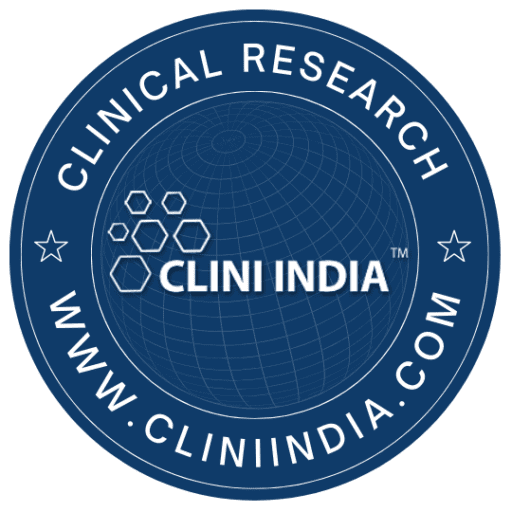
Triage Phase in Individual Case Safety Reports (ICSR) in Pharmacovigilance
Pharmacovigilance plays a crucial role in ensuring drug safety by monitoring and analyzing adverse drug reactions (ADRs). One of the key steps in the processing of Individual Case Safety Reports (ICSRs) is the triage phase, which serves as the first level of assessment. This phase determines the urgency, completeness, and seriousness of an adverse event report, enabling efficient processing and prioritization of cases.
What is the Triage Phase in ICSR Processing?
The triage phase in pharmacovigilance involves the initial review and classification of an ICSR based on its seriousness, expectedness, and causality. This phase ensures that the report is assessed efficiently and routed to the appropriate workflow for further processing.
Key Objectives of the Triage Phase
- Case Validity Assessment: Ensuring that the report contains essential elements: an identifiable patient, a suspected adverse event, a suspected drug, and an identifiable reporter.
- Seriousness Determination: Identifying if the event meets regulatory criteria for seriousness (e.g., hospitalization, life-threatening condition, disability, congenital anomaly, or death).
- Expectedness Evaluation: Comparing the reported adverse event against known safety information (e.g., product label or reference safety information) to determine if it is expected or unexpected.
- Urgency Classification: Assigning priority levels (e.g., expedited vs. non-expedited) based on regulatory timelines for submission.
- Duplicate Detection: Checking if the case has already been reported to avoid redundancy and ensure data accuracy.
- Data Quality Check: Assessing the completeness and accuracy of the information to decide if further follow-up is needed.
Importance of the Triage Phase
The triage phase is critical for streamlining the pharmacovigilance workflow. Efficient triaging helps:
- Prioritize serious and urgent cases for immediate attention.
- Ensure regulatory compliance by meeting reporting deadlines.
- Improve data quality by identifying missing or incomplete information early.
- Enhance patient safety through timely risk assessment and signal detection.
Challenges in the Triage Phase
- Incomplete Reports: Missing essential data can delay case processing.
- High Case Volume: Large numbers of reports require effective management strategies.
- Duplicate Cases: Identifying duplicate reports while preserving critical information is complex.
- Diverse Data Sources: Reports come from various channels (e.g., healthcare professionals, literature, patient self-reports), requiring careful evaluation.
Best Practices for Effective Triage
- Implement standard operating procedures (SOPs) to ensure consistency.
- Use automation and artificial intelligence (AI) to assist in prioritization and duplicate detection.
- Conduct regular training for pharmacovigilance professionals on seriousness assessment and regulatory requirements.
- Establish clear escalation pathways for serious and high-priority cases.
Conclusion
The triage phase in ICSR processing is a fundamental step in pharmacovigilance, ensuring that adverse event reports are accurately assessed and prioritized. A well-structured triage process enhances regulatory compliance, improves data integrity, and ultimately contributes to better patient safety. By implementing best practices and leveraging technology, organizations can optimize triage workflows and enhance the efficiency of pharmacovigilance operations.





